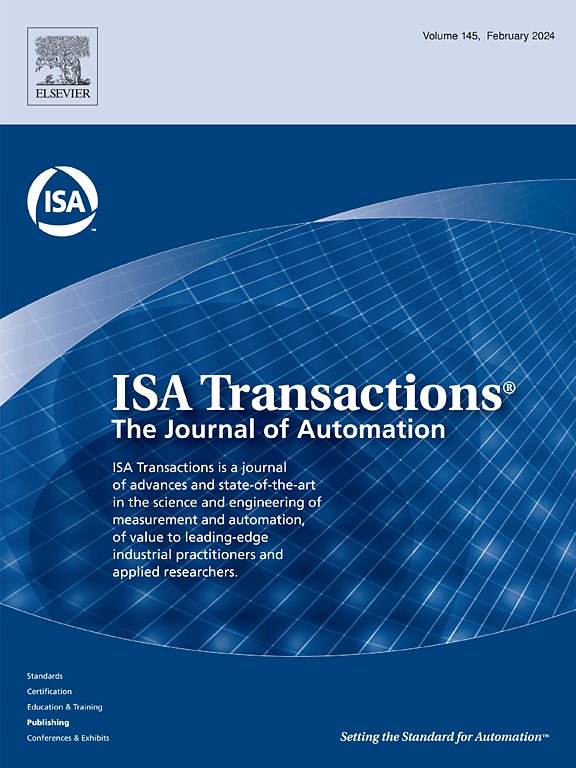考虑智能电网中的可再生能源和需求响应,通过日前调度实现最佳能源管理。
IF 6.3
2区 计算机科学
Q1 AUTOMATION & CONTROL SYSTEMS
引用次数: 0
摘要
智能电网(SPG)中的能源优化对于确保高效、可持续和高成本效益的能源管理至关重要。然而,分布式发电(DG)和负载的不确定性和随机性给优化模型带来了巨大挑战。在本研究中,我们提出了一种新型优化模型,通过采用概率方法来模拟分布式发电设备和负载的不确定行为,从而应对这些挑战。我们的模型利用多目标风力驱动优化(MOWDO)技术和模糊机制,同时解决 SPGs 中的经济、环境和舒适问题。与现有模型不同的是,我们的方法采用了混合需求响应 (HDR),将基于价格的需求响应与基于激励的需求响应相结合,以缓解反弹高峰,确保稳定高效地使用能源。该模型还引入了电池储能系统(BESS)作为环保型备用能源,从而减少对化石燃料的依赖,促进可持续发展。我们评估了所开发模型的各种不同配置:在有/无 DR 的情况下独立优化运营成本和污染排放;在有/无 DR 的情况下同时优化运营成本和污染排放;在有/无 DR 的情况下同时优化运营成本、用户舒适度和污染排放。实验结果表明,所开发的模型在运营成本、用户舒适度和污染排放等指标上的表现均优于多目标鸟群优化算法(MOBSO)。本文章由计算机程序翻译,如有差异,请以英文原文为准。
Optimal energy management via day-ahead scheduling considering renewable energy and demand response in smart grids
The energy optimization in smart power grids (SPGs) is crucial for ensuring efficient, sustainable, and cost-effective energy management. However, the uncertainty and stochastic nature of distributed generations (DGs) and loads pose significant challenges to optimization models. In this study, we propose a novel optimization model that addresses these challenges by employing a probabilistic method to model the uncertain behavior of DGs and loads. Our model utilizes the multi-objective wind-driven optimization (MOWDO) technique with fuzzy mechanism to simultaneously address economic, environmental, and comfort concerns in SPGs. Unlike existing models, our approach incorporates a hybrid demand response (HDR), combining price-based and incentive-based DR to mitigate rebound peaks and ensure stable and efficient energy usage. The model also introduces battery energy storage systems (BESS) as environmentally friendly backup sources, reducing reliance on fossil fuels and promoting sustainability. We assess the developed model across various distinct configurations: optimizing operational costs and pollution emissions independently with/without DR, optimizing both operational costs and pollution emissions concurrently with/without DR, and optimizing operational costs, user comfort, and pollution emissions simultaneously with/without DR. The experimental findings reveal that the developed model performs better than the multi-objective bird swarm optimization (MOBSO) algorithm across metrics, including operational cost, user comfort, and pollution emissions.
求助全文
通过发布文献求助,成功后即可免费获取论文全文。
去求助
来源期刊

ISA transactions
工程技术-工程:综合
CiteScore
11.70
自引率
12.30%
发文量
824
审稿时长
4.4 months
期刊介绍:
ISA Transactions serves as a platform for showcasing advancements in measurement and automation, catering to both industrial practitioners and applied researchers. It covers a wide array of topics within measurement, including sensors, signal processing, data analysis, and fault detection, supported by techniques such as artificial intelligence and communication systems. Automation topics encompass control strategies, modelling, system reliability, and maintenance, alongside optimization and human-machine interaction. The journal targets research and development professionals in control systems, process instrumentation, and automation from academia and industry.
 求助内容:
求助内容: 应助结果提醒方式:
应助结果提醒方式:


